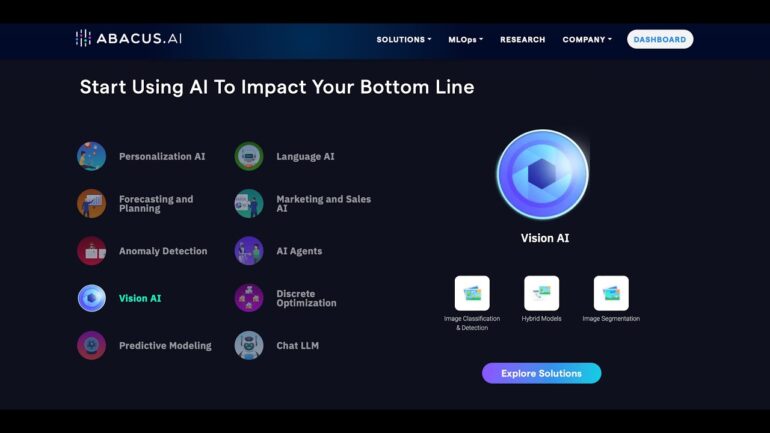TL;DR:
- AI researchers at Abacus AI have developed a method to double the context capacity of Language Models (LLMs) for chatbots.
- By scaling position embeddings in input texts, LLMs like Meta’s Llama can handle up to 16,000-word contexts without compromising accuracy.
- Extended context enables LLMs to generate more knowledgeable and coherent responses, enhancing their usability for complex tasks.
- Fine-tuning strategies are still required to ensure high-quality outputs, and further research is being conducted to optimize performance.
- Abacus AI’s repository provides opportunities for developers to explore and apply fine-tuning methods to open-source LLMs, democratizing access to advanced language models.
- Memory-empowered LLMs could lead to next-generation AI assistants with improved conversational abilities and broad topic knowledge.
Main AI News:
In the ever-evolving landscape of artificial intelligence, chatbots have become indispensable tools for various applications. However, their limitations in handling lengthy conversations and context-rich prompts have been a constant challenge. Current Language Model (LLM) implementations like ChatGPT and Claude have restricted context capacities, hindering their ability to provide comprehensive and coherent responses. But now, a groundbreaking method by Abacus AI promises to revolutionize the capabilities of LLMs, opening up new possibilities for AI chatbots.
Abacus AI’s innovative approach involves scaling the position embeddings responsible for tracking word locations in input texts. By implementing this scaling technique, the researchers claim that LLMs can significantly expand the number of tokens they can process and handle. This advancement has been put to the test with scaled LlaMA variants, showcasing remarkable results in tasks such as substring location and open-book question answering. The scale 16 model demonstrated its prowess by maintaining accuracy on real-world examples with up to 16,000-word contexts, while the baseline Llama model could handle only 2,000 words and even showed coherence at 20,000+ words, which was previously unattainable with conventional fine-tuning methods.
The implications of extending context capacity are profound. A larger context window allows LLMs to process and generate better responses, bringing AI chatbots closer to tackling complex tasks that require broader background knowledge. The ability to handle longer contexts efficiently could enable LLMs to absorb whole documents or multiple documents as background information when generating text, resulting in more knowledgeable and consistent outputs during extended conversations.
While the benefits are clear, it’s important to note that the gains achieved through scaling are not entirely linear. Fine-tuning strategies are still necessary to ensure high-quality outputs. The Abacus team is actively exploring advanced position encoding schemes from recent research papers to further enhance context capacity and optimize performance.
The democratization of access to Large Language Models capable of handling extensive context is on the horizon. Abacus AI has generously made its repository available “for research purposes only,” sharing specific code related to their fine-tuning projects. This presents a valuable opportunity for researchers and developers to build upon their work and apply these fine-tuning methods to a wide range of open-source Large Language Models.
Conclusion:
Abacus AI’s breakthrough in doubling the efficiency of Language Models has significant implications for the market. With chatbots becoming increasingly important in various applications, the ability to handle extensive context and generate coherent responses will elevate their utility and appeal to businesses and consumers alike. As more advanced AI assistants emerge, personalized and knowledgeable interactions will become the norm, transforming the way we engage with AI technology and opening up new opportunities for businesses to provide enhanced customer experiences. Companies in the AI space should closely monitor and adapt to these advancements to stay competitive in the rapidly evolving market.

